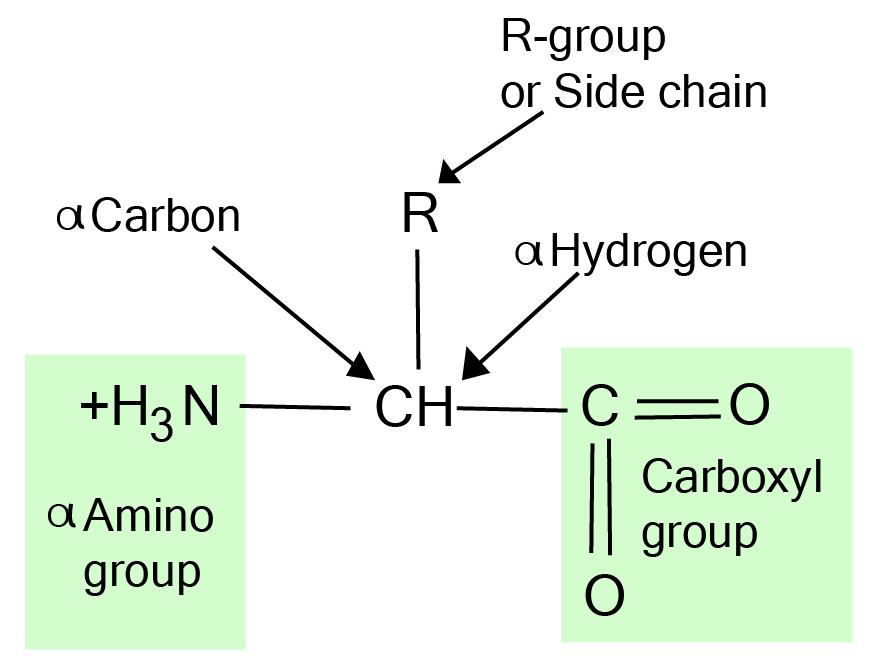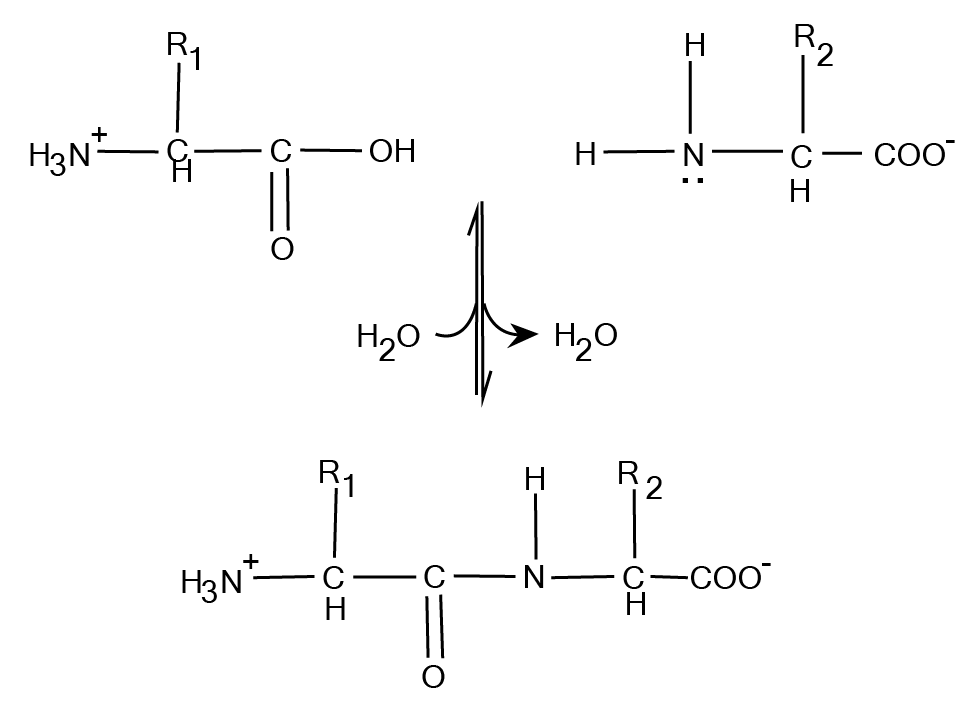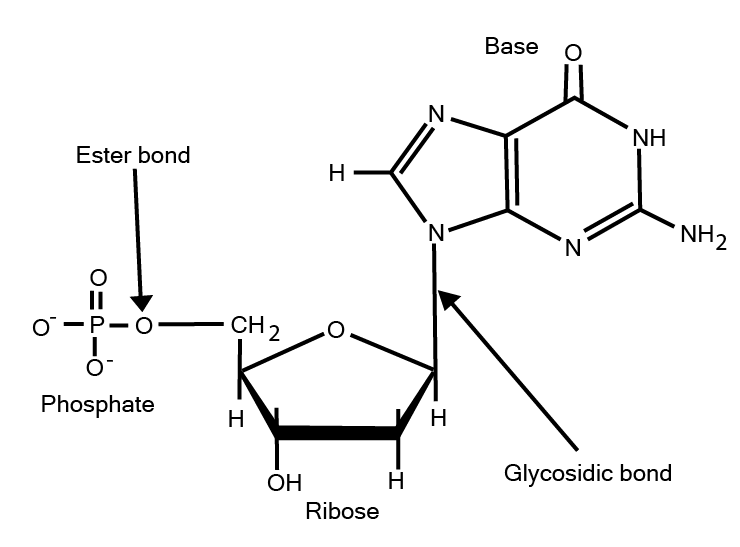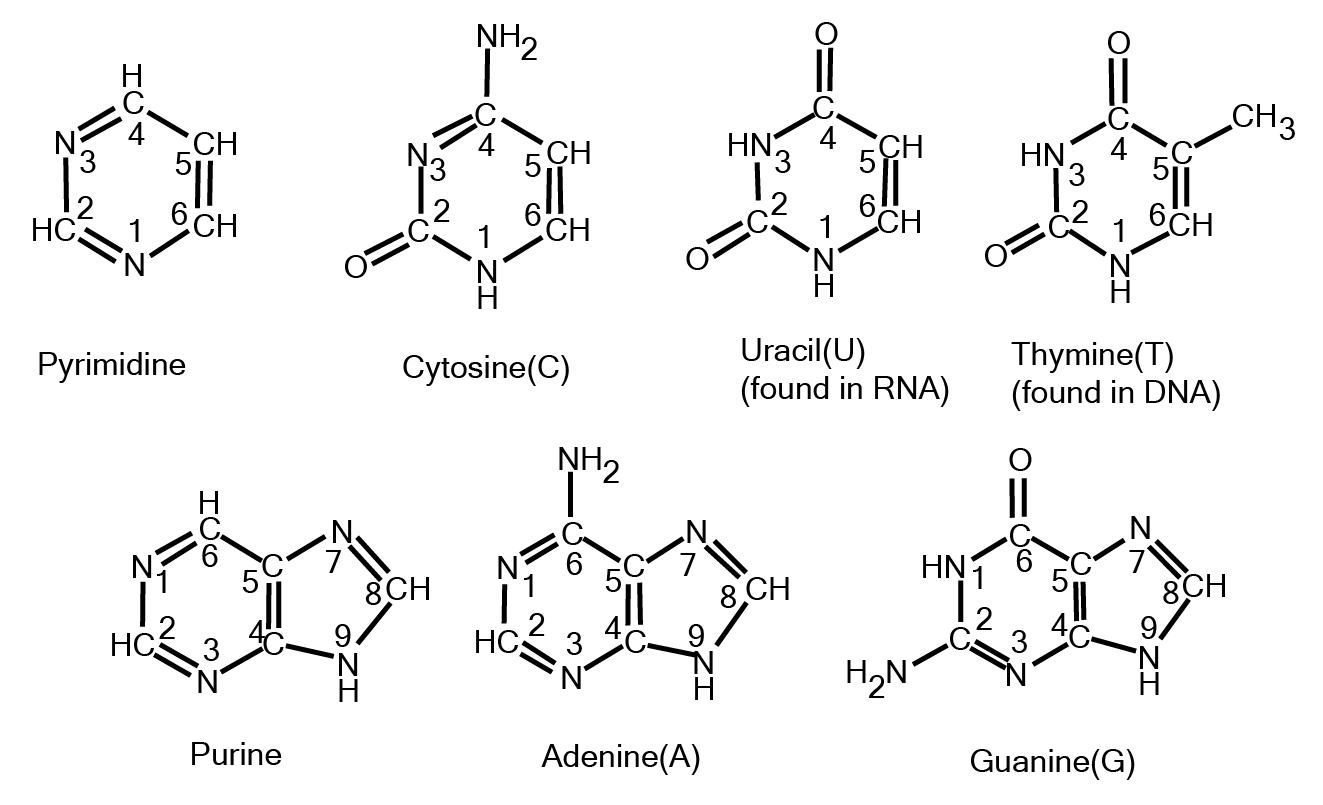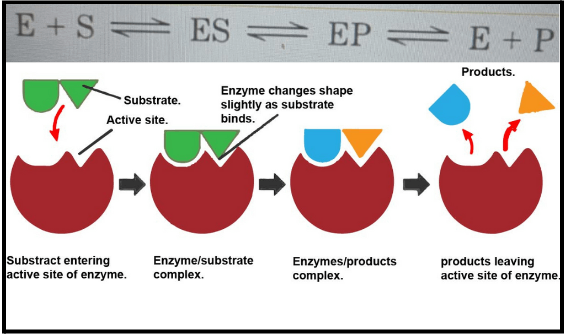Biology Chapter 9 Biomolecules Notes Class 11- FREE PDF Download
FAQs on Biomolecules Class 11 Notes: CBSE Biology Chapter 9
1. What are biomolecules?
From the name, you can make out that biomolecules are present in nature; they are not something that is man-made or artificial. These molecules are organically formed molecules that are present in the organism. Mainly biomolecules are proteins, carbohydrates, and nucleic acid. There are several shapes and sizes of biomolecules, along with different structures. There is no living creature on earth that doesn't have biomolecules present inside their body. The four most important types of biomolecules are carbohydrates, lipids, protein, and nucleic acid. In notes of Chapter 9 Class 11 Biology, you will be given in-depth knowledge of these biomolecules and how they help in the process of digestion.
2. Which biomolecules store the genetic code and how?
DNA and RNA are the biomolecules present in the living organism, which stores the organism's genetic code. Both DNA and RNA are long linear polymers, which are called nucleic acids. These polymers contain many nucleotides made up of sugar, a phosphate, and a base. When linked by phosphates, sugar gives us a common structure of the DNA and RNA. On the other hand, bases are of four kinds. The genetic information is stored in the sequence of bases along a nucleic acid chain.
3. What is the chapter 'Biomolecules' about?
'Biomolecules' is Chapter 9 of Class 11 Biology. This chapter is an interesting chapter that talks about various types of biomolecules. It explains the properties and structure of the biomolecules in detail. There is a great deal of information about biomolecules such as carbohydrates, proteins, nucleic acid, and fats. If you want to score well, you should revise this chapter thoroughly as you will be studying the same concepts in Class 12th as well.
4. Where can I find the chapter 'Biomolecules' notes?
Notes for Class 11 Biology Chapter 9 'Biomolecules' can be found on the page CBSE Class 11 Biology Revision Notes Chapter 9. These notes will help you to revise the whole chapter providing properly written important points. These notes are the best option for last-minute revisions as you will find the whole chapter summaries in brief points. You can download the PDF FREE of cost and access it offline from the Vedantu website
5. Explain what enzymes are.
Enzymes are catalysts that carry out different metabolic activities and chemical reactions in the body, without actually taking part in it. These enzymes are constituted by protein and are made up of amino acids. They accelerate the rate of reaction but do not affect the direction of the reaction. It breaks down larger molecules into smaller ones and combines smaller molecules to form larger molecules. Enzymes are majorly of six types: hydrolases, oxidoreductases, lyases, ligases, transferases and isomerases
6. How Can I download NCERT Solutions for Class 11 Biology Chapter 9?
There are answers to the questions given at the end of the Biomolecules Chapter in NCERT Solutions for Class 11. Class 11 Chapter 9 Biomolecule complete solutions can be found on Vedantu, which can also be downloaded for free and without any difficulty. The students provide these solutions in PDF format to make them easily accessible and convenient. You can visit the page CBSE Class 11 Biology Revision Notes Chapter 9 to download the PDF for FREE.
7. What is covered in Vedantu’s Biomolecules Class 11 notes?
Biomolecules Notes Class 11 covers essential topics such as the structure and functions of carbohydrates, proteins, lipids, and nucleic acids, including their roles and importance in biological processes.
8. How are Biomolecules Class 11 Short Notes organised?
Biomolecules Class 11 NCERT Notes PDF are organised into clear sections with easy-to-understand explanations, summaries, diagrams, and key points to facilitate learning and revision.
9. Do Class 11 Biology Chapter Biomolecules Notes include diagrams and visual Images?
Class 11 Biology Chapter 9 Notes PDF feature diagrams and visual Images to help illustrate complex concepts and enhance understanding.
10. Are Biomolecules Class 11 Notes suitable for quick revision?
Yes, Biomolecules Class 11 Notes are structured to be concise and focused, making them ideal for quick revision before exams.























